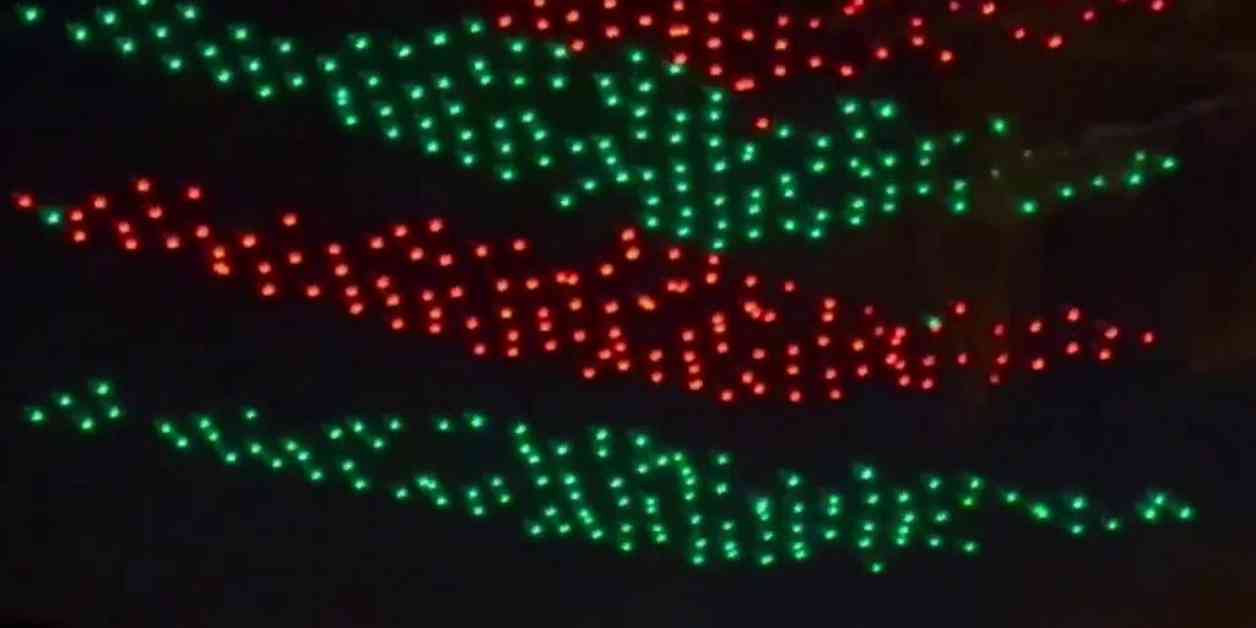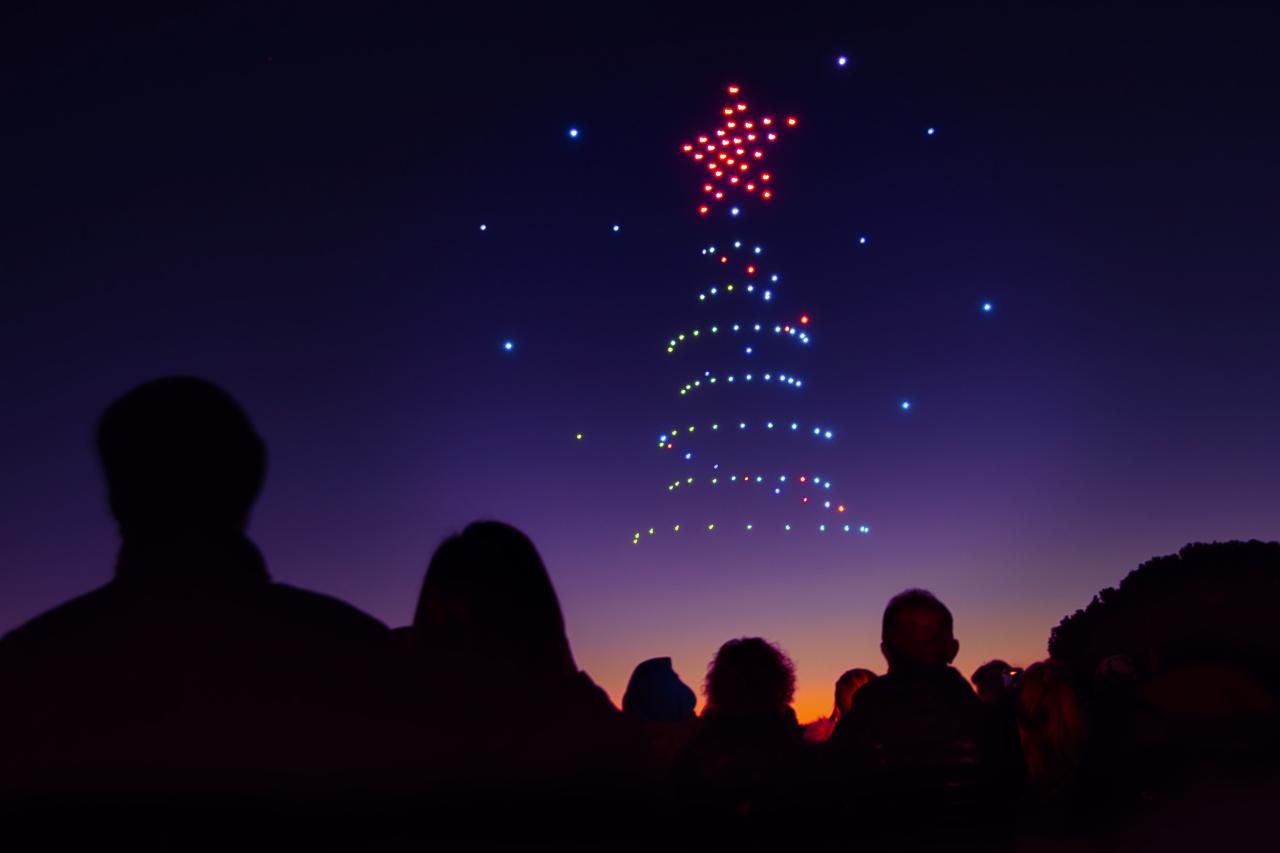Florida drone accidents are increasingly prevalent, demanding a thorough understanding of the relevant regulations, safety protocols, and potential consequences. This examination delves into the various types of incidents, common causes, and the impact on individuals and property. We’ll explore the regulatory landscape, best practices for safe operation, and the role of technology in mitigating risks. Understanding these aspects is crucial for both drone operators and the public.
The rising popularity of drones in Florida, coupled with the complexities of airspace management and potential hazards, necessitates a detailed exploration of drone-related incidents. This analysis aims to provide a clear picture of the issues surrounding Florida drone accidents, offering insights into prevention, response, and the evolving technological landscape shaping the future of drone safety.
Florida Drone Accidents: A Comprehensive Overview
Florida, with its expansive coastline, vibrant tourism industry, and growing technological sector, witnesses a significant number of drone operations. This naturally leads to an increased risk of accidents. Understanding the types of accidents, their causes, and the regulatory framework is crucial for ensuring safe and responsible drone usage within the state.
Recent Florida drone accidents highlight the importance of safety regulations in the industry. The increasing popularity of drone shows, such as the spectacular orlando drone show , necessitates stringent safety protocols to prevent similar incidents. Understanding the risks involved in drone operation, especially in densely populated areas like Florida, is crucial for both recreational and professional users to avoid future mishaps.
Types of Florida Drone Accidents
Drone accidents in Florida encompass a wide range of incidents, broadly categorized into collisions, malfunctions, and unauthorized operations. Collisions can involve other aircraft, buildings, or even people. Malfunctions stem from technical issues with the drone itself, while unauthorized operations violate airspace regulations or other legal restrictions.
| Type of Accident | Location | Cause | Outcome |
|---|---|---|---|
| Collision with a building | Miami, FL | Pilot error (loss of control) | Drone damaged; minor property damage |
| Malfunction (rotor failure) | Orlando, FL | Mechanical failure (pre-existing defect) | Drone crashed; no injuries |
| Unauthorized operation (near airport) | Tampa, FL | Violation of airspace restrictions | Drone seized; pilot fined |
Regulatory Framework and Compliance
Drone operation in Florida is governed by both federal regulations from the Federal Aviation Administration (FAA) and state-level laws. Federal regulations primarily focus on registration, certification, airspace restrictions, and operational limitations. Florida’s state laws may add further restrictions based on specific locations or activities. These regulations aim to prevent accidents by establishing clear guidelines for safe drone operation.
Compared to states with similarly high drone usage, like California or Texas, Florida’s regulations generally align with national standards, emphasizing safe operation and responsible pilot behavior.
Recent Florida drone accidents highlight the increasing need for robust safety protocols. Understanding the complexities of drone operation is crucial, and resources like the monitoring capabilities shown on the cobequid pass camera offer valuable insights into potential hazards. This kind of remote observation could help prevent similar incidents in Florida and elsewhere, improving overall drone safety standards.
Common Causes of Florida Drone Accidents

Several factors contribute to the occurrence of drone accidents in Florida. These include pilot error, mechanical failure, and adverse weather conditions. Understanding these causes is key to implementing effective preventative measures.
- Pilot Error: Inexperience, poor judgment, or failure to follow safety guidelines are common causes. For example, a pilot flying too close to a populated area or losing visual contact with the drone can lead to accidents.
- Preventative Measures: Proper training, adherence to FAA regulations, and practicing safe flight procedures.
- Mechanical Failure: Malfunctioning components, such as motors, batteries, or GPS systems, can cause unexpected crashes. For instance, a sudden battery failure mid-flight can lead to an uncontrolled descent.
- Preventative Measures: Regular maintenance, using high-quality components, and pre-flight checks.
- Weather Conditions: Strong winds, rain, or fog can significantly impact drone stability and control, increasing the risk of accidents. Flying in adverse weather conditions can result in loss of control and crashes.
- Preventative Measures: Checking weather forecasts before each flight and avoiding flights in poor weather conditions.
Impact on People and Property

Drone accidents can have serious consequences for both people and property. Injuries, fatalities, and property damage are potential outcomes. For example, a drone falling from a significant height could injure a bystander, or a collision with a power line could cause a power outage affecting a large area.
Hypothetical Scenario: A drone malfunctioning during a crowded beach event in South Florida could lead to multiple injuries from falling debris and widespread panic. The economic impact could include medical expenses, property damage, and potential legal liabilities for the drone operator.
Safety Measures and Best Practices

Implementing safety measures and adhering to best practices is essential for minimizing the risk of drone accidents. This includes thorough pre-flight checklists, understanding airspace restrictions, and having emergency procedures in place.
Pre-flight Checklist: Inspect the drone for any damage, check battery levels, verify GPS signal, review weather conditions, and plan the flight path. Emergency Procedures: Have a plan for regaining control if the drone malfunctions, and know how to safely land the drone in an emergency.
Insurance and Liability
Drone insurance is crucial for operators in Florida. It protects against financial losses resulting from accidents. Liability coverage is particularly important, as it can cover damages or injuries caused by the drone. The extent of liability varies depending on the specific circumstances of the accident, and it’s vital to understand the terms and conditions of your insurance policy.
Technological Advancements and Safety, Florida drone accident

Technological advancements are continually improving drone safety. Features like obstacle avoidance systems, redundant sensors, and improved GPS accuracy reduce the risk of accidents. Future developments in autonomous flight control and artificial intelligence could further enhance safety and prevent accidents.
Emergency Response and Procedures
In the event of a drone accident, prompt and coordinated emergency response is critical. Several agencies are involved in investigations and handling the aftermath.
| Agency | Role | Contact Information | Response Time (Estimated) |
|---|---|---|---|
| FAA | Investigates accidents involving registered drones | (Information readily available online) | Varies depending on the severity of the accident |
| Local Law Enforcement | Responds to immediate safety concerns and secures the scene | (Varies by location) | Generally quick response for urgent situations |
| Fire Department | Handles any fire-related incidents or assists with rescue operations | (Varies by location) | Rapid response for fire-related emergencies |
Public Awareness and Education
Promoting public awareness and education regarding drone safety is essential for preventing accidents. Educational initiatives, such as workshops, online resources, and public service announcements, can inform the public about safe drone operation and the potential risks involved.
Recent drone accidents in Florida highlight the increasing need for stricter regulations regarding unmanned aerial vehicles. The incidents underscore the potential for both accidental and intentional misuse, a concern amplified by events like the ongoing conflict in Ukraine, where drone technology plays a significant role. For instance, the recent ukraine drone attack on russia demonstrates the sophisticated capabilities and potential destructive power of drones.
This underscores the importance of proactive safety measures and improved oversight to prevent similar incidents in Florida and elsewhere.
Hypothetical Public Awareness Campaign: A campaign could utilize social media, television commercials, and partnerships with community organizations to disseminate information about responsible drone use, including safe flight practices, airspace regulations, and emergency procedures. The campaign’s visuals could feature engaging graphics and short videos illustrating safe drone operation practices.
In conclusion, navigating the airspace safely with drones in Florida requires a comprehensive understanding of regulations, responsible operation, and proactive safety measures. While technological advancements offer enhanced safety features, pilot awareness, adherence to best practices, and robust emergency response protocols remain critical in preventing and mitigating the impact of drone accidents. Continued education and public awareness are essential for fostering a safer environment for both drone operators and the community.
FAQ Section: Florida Drone Accident
What are the penalties for violating drone regulations in Florida?
Penalties vary depending on the severity of the violation and can include fines, license suspension, or even criminal charges.
Where can I find registered drone operators in Florida?
There isn’t a publicly accessible registry of all drone operators in Florida. However, information on commercial operators may be accessible through the FAA website.
What type of insurance is recommended for drone operators?
Liability insurance is highly recommended to cover potential damages caused by drone accidents. The specific coverage needed depends on the type and frequency of drone operations.
Who investigates drone accidents in Florida?
Depending on the severity and circumstances, investigations may involve local law enforcement, the FAA, or other relevant agencies.
